In mining and geological exploration, understanding how down-the-hole hammers work is crucial for improving drilling efficiency. This equipment achieves high-efficiency rock fragmentation through unique design principles, making it essential for modern drilling operations.
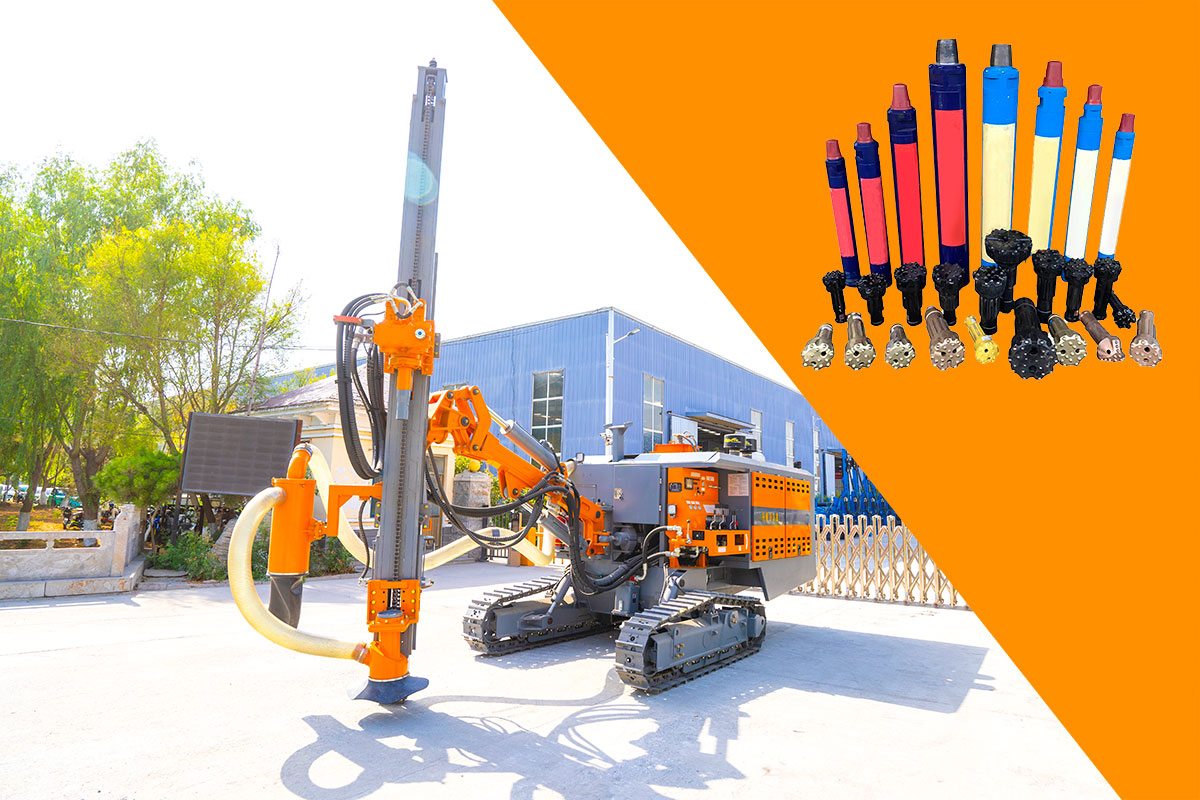
1. Basic Working Process
How down-the-hole hammers work begins with compressed air driving the system. When high-pressure air enters the hammer, it forces the piston into rapid reciprocating motion (800-3,000 impacts per minute), transferring energy directly to the drill bit.
2. Energy Transfer Mechanism
The key to understanding how down-the-hole hammers work lies in energy conversion:
· Pneumatic energy → Piston kinetic energy → Impact mechanical energy
· Energy loss remains below 15%, far surpassing traditional rotary drilling
· Impact force acts directly on bedrock, minimizing energy dissipation
3. Cuttings Removal System
A complete explanation of how down-the-hole hammers work must include the debris-clearing design:
· Air vortex generated during operation
· Rock cuttings expelled through the annulus between drill pipe and borehole wall
· Continuous hole-bottom cleaning ensures impact efficiency
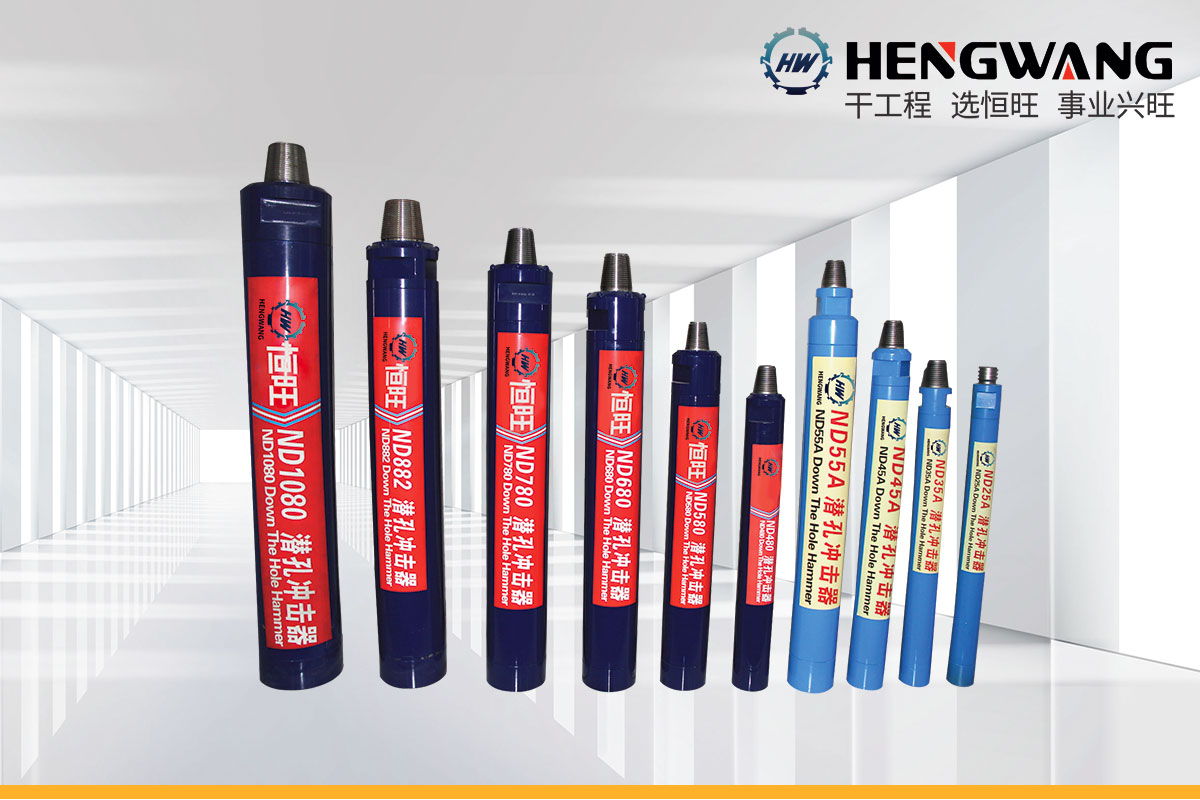
4. Performance in Different Formations
How down-the-hole hammers work varies across rock types:
· Hard rock layers: Clear advantage in fracturing
· Fractured zones: Requires reduced air pressure to prevent jamming
· Water-bearing strata: Needs increased airflow for better cuttings removal
5. Maintenance Essentials
After mastering how down-the-hole hammers work, operators should:
· Regularly inspect piston wear
· Maintain clean air intake filters
· Adjust operating parameters according to formations
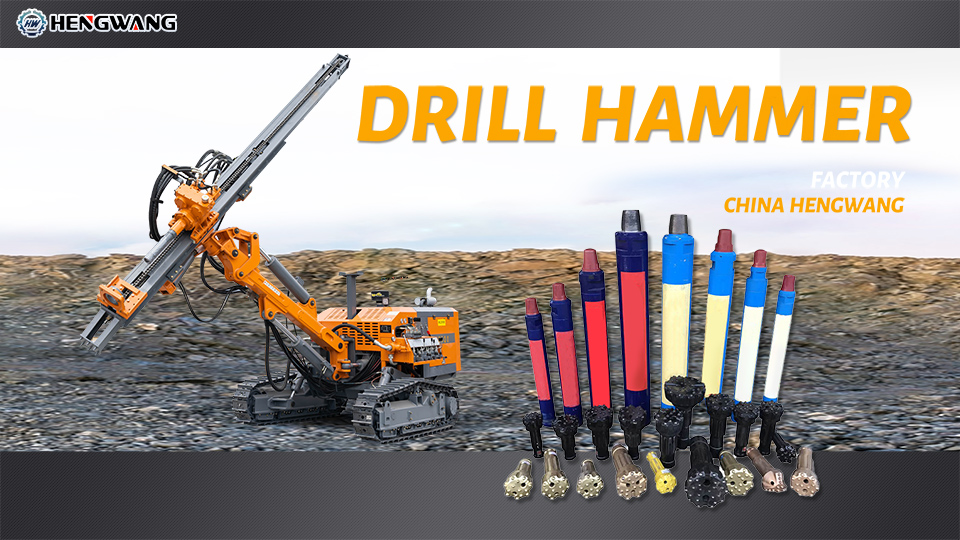
Technical Evolution
Modern improvements in how down-the-hole hammers work include:
· Smart pressure-regulation systems that auto-adjust to rock hardness
· Modular designs reducing maintenance time by 70%
· New alloy materials extending critical component lifespan
Operational Recommendations
With thorough understanding of how down-the-hole hammers work:
· Conduct 20-hour break-in for new equipment
· Check lubrication system levels each shift
· Document parameter settings for different formations

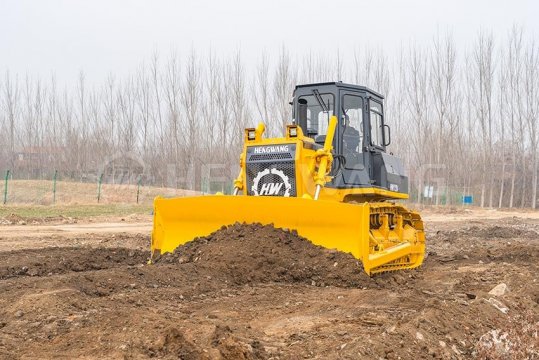 Bulldozer Blade Types: Core Configuration for Adapting to Different Operating Scenarios
Bulldozer Blade Types: Core Configuration for Adapting to Different Operating Scenarios
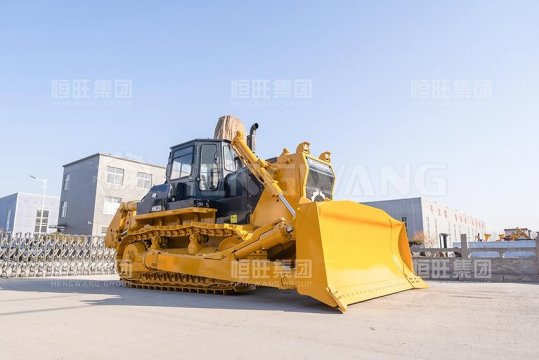 Swamp bulldozer: An Efficient Solution for Operations in Muddy Environments
Swamp bulldozer: An Efficient Solution for Operations in Muddy Environments
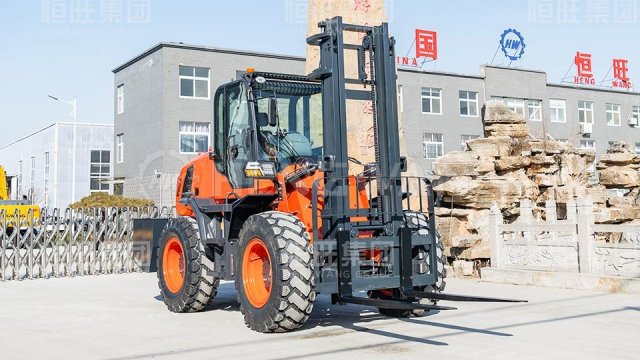 Rough terrain forklift with highest load capacity: A High-performance Solution for Heavy-duty Outdoor Operations
Rough terrain forklift with highest load capacity: A High-performance Solution for Heavy-duty Outdoor Operations